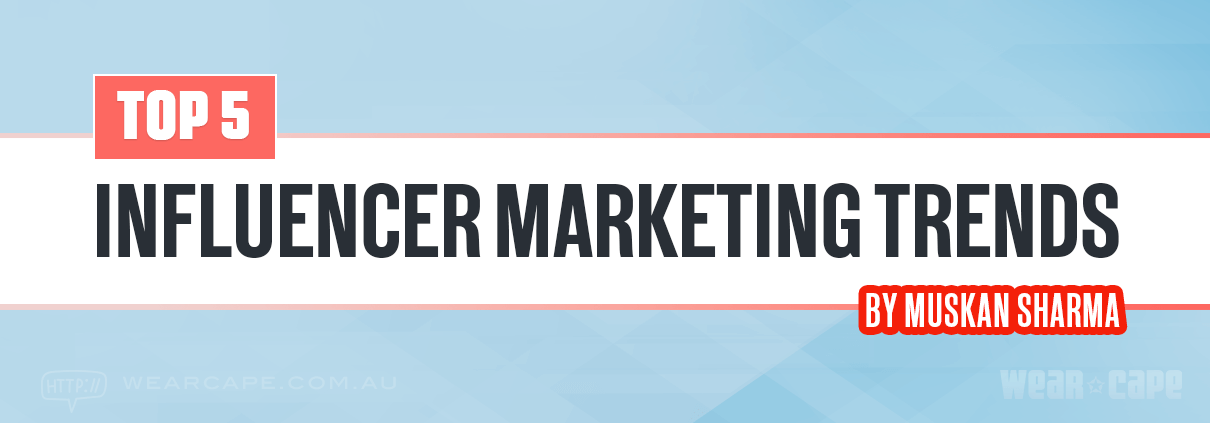Top 5 Influencer Marketing Trends
Influencer marketing trends you need to know about to grow brand awareness within your upcoming 2022 social media campaign.
Amongst the noise of “Social-distancing measures”, “New normal” and “Toilet paper shortages”, there is one thing for certain, businesses have learnt to operate remotely, their social media strategies are getting more and more robust, and ‘Influencers’ are at the centre of it. In fact, influencer marketing is estimated to develop into a $15 billion industry, an increase of $5.3 billion from the start of the pandemic in 2020.
Influencer marketing has come a long way, from gladiators endorsing olive oil in ancient roman times to now, in 2022, where any individual with a social following (‘influencer’) works with brands to endorse their products and services. Social media influencers spend many years forming genuine strong ties with their audience, especially on platforms such as Instagram, which allows for direct interactions. Brands can use influencers to increase their brand awareness by leveraging the trust and connection with their followers, increasing the positive associations with the brand’s image. Research suggests that 49% of consumers think an influencer recommendation is more trustworthy than a brand recommendation.
With a 46% increase in influencers after the pandemic, influencer marketing is predicted to be one of the most efficient ways to reach mass audiences and create brand awareness online. Especially after the world adjusts to the ‘impacts of COVID-19 on social media, where the stay-at-home orders around the globe drastically enhanced people’s need to interact online. However, with social media saturated with ads, marketers must ensure that they differentiate their brands by viewing social media users as friends, not consumers, to forge long-lasting and loyal relationships. Influencer marketing is a key to forming these relationships. However, the fast-paced nature of this industry requires brands to stay up to date with the new trends.
Here are the top 5 up-and-coming influencer marketing trends to help you plan your social media campaign and keep you ahead of the competition in 2022.
1. Video Content
With the growing popularity of TikTok and the introduction of Instagram Reels and IGTV, the use of videos to advertise brands has skyrocketed. Videos add a sense of authenticity and human interaction for the followers, an experience much more persuasive than photos. Videos engage the audience on a deeper level, adding significantly more value. Research shows users arriving on e-commerce landing pages through user-generated video content have a 184% higher chance to purchase. Live-streams and virtual events are only a small percentage of the current video marketing trends increasing brand awareness through influencers partnerships. Here is an example of the sportwear brand, Gymshark, partnering with 6 TikTok fitness influencers including Wilking Sisters and Antonie Lockhorst for their “66 Days: Change Your Life challenge”.
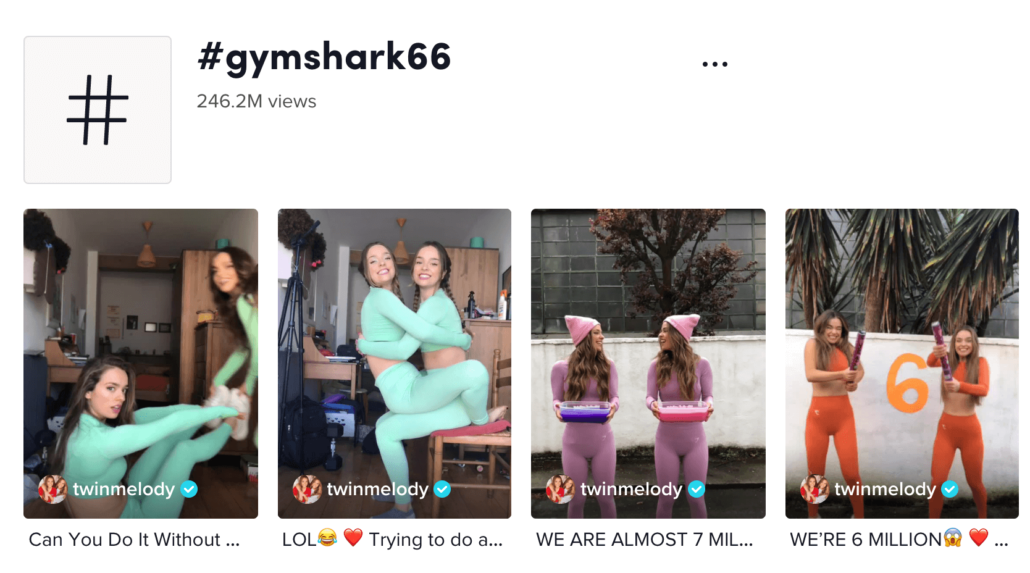
The overall campaign reached over 19.8 million users with nearly 2 million likes and #gymshark66 viewed 246 million times on the platform, thus enormously growing Gymshark’s brand awareness.
2. Personality over Perfection
Long gone are the days of meticulously posed, planned, and edited influencer profiles. With the same need of ‘authenticity’ that has increased the use of videos as a major form of content, followers are wanting to see the unfiltered side to influencers. By allowing followers to get a true ‘behind-the-scenes’ look into their lives, influences are able to create deep relationships with their audience and produce ‘authentic content’. Ultimately, influencers can forge trusting relationships with their followers as they start to rely on them for honest advice regarding products and services. Brands sponsoring these influencers, with overlapping target audiences and values, can benefit from this highly genuine creative content, as followers are likely to extend their trust from the influencer to the brand. This ‘authentic’ influencer marketing strategy allows the brand to resonate far more with the audience than inviting influencers to promote them through lavish trips and highly structured posts, a previous norm in the industry.
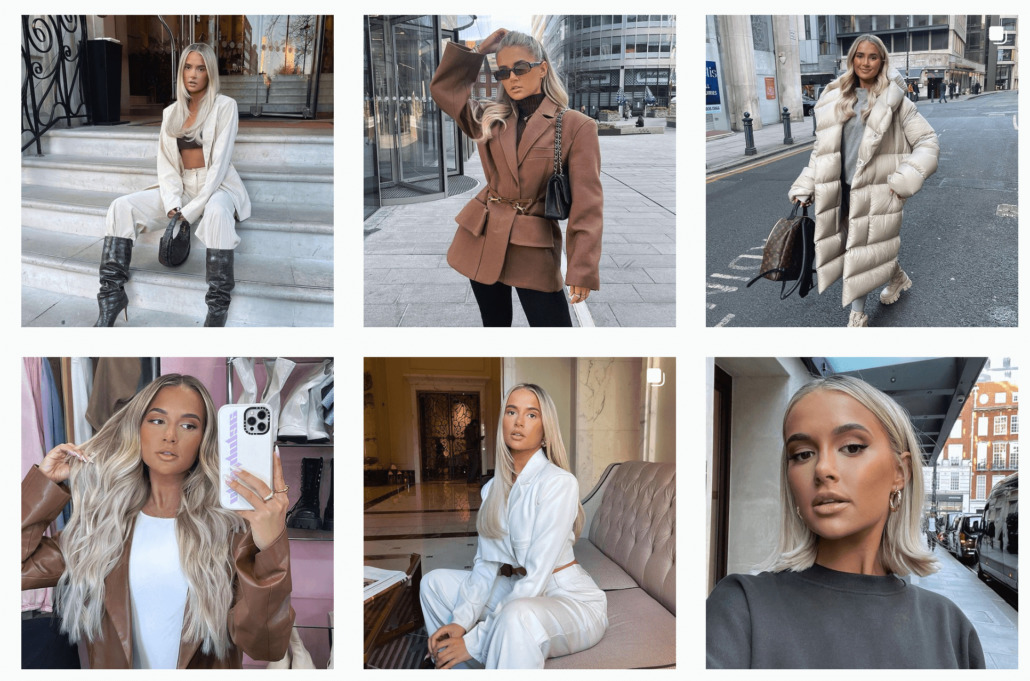
For instance, Instagram feeds of fashion influencers Molly Mae Hague and Matilda Djerf paint very different core-values of the respective influencer. Hague’s posts may be viewed more posed, structured and unattainable, whereas Djerf portrays more openness with her followers, thus likely having a closer relationship with them. Therefore, picking influencers based on the level of core-value driven content is a crucial strategy to growing brand awareness in 2022.
3. Inclusion and Diversity
Recently, many brands were in the spotlight for their lack of social activism and inclusion of certain influencers groups such as people of colour, sex-workers, and plus-sized individuals. With brands such as Zimmermann being called out for discriminatory regulations towards black and brown employees, it is crucial that marketers are highly aware of their brand portrayal through social media.
In terms of influencer marketing specifically, partnering a diverse range of influencers dictates how people view themselves and the brand. Brands taking an active stand to redefine the preconceived ideas of the society will naturally raise their awareness and likely add a great deal of value to their product offerings. Fenty Beauty for example, is a brand at the forefront of inclusivity, not only through their beauty product range, but also the influencers they partner with. The brand was entirely focused on creating “Beauty for all” and therefore established their robust social media campaign by using influencers of different sizes, race, and gender.
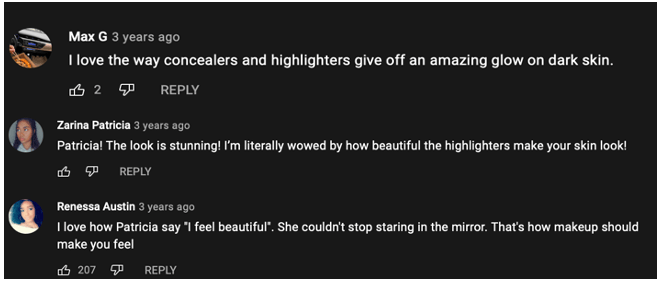
Influencers of different skin tones partnered with Fenty Beauty and endorsed the products, significantly raising Fenty Beauty’s brand recognition amongst their respective audiences. For instance, the responses to this video by Patricia Bright trying Fenty Beauty products displayed immense optimism from the viewers, showing the process of forming positive associations with the brand.
4. The Rise of Micro-Influencers
As a marketer looking to grow brand awareness though influencer marketing on social media, influencer engagement rates are an important metric in being able to measure the potential success of a campaign. With over 500,000 active influencers on Instagram alone, who is the right fit?
According to research, Micro-influencer (under 15k followers) display average engagement rates of 3.86%, 1.63% and 17.96% on Instagram, YouTube and TikTok respectively, whereas a large-scale influencer boasting over 500k followers only garners approximately 1.36%, 0.44% and 6.20% on the same platforms. These statistics are directly back the rise of micro-influencers and their ability to interact with their laser-targeted audiences. These Influencers are seen as experts within their niche and brands can easily become part of the social dialogue in the comment section of their posts.
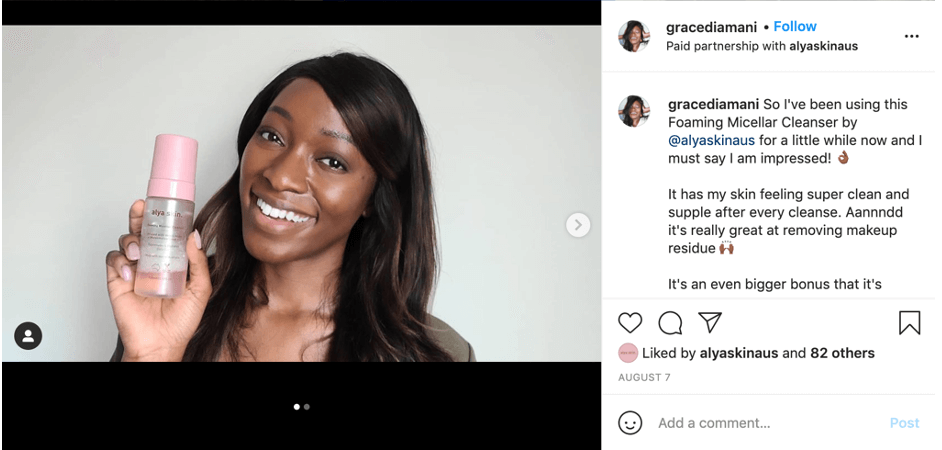
Here is an example of Beauty brand, Alya Skin partnering with Grace Diaman (1,510 Instagram followers at the time of collaboration), to promote their products. On surface, the number of likes seems low however Diaman received several positive comments on the post, most of which she replied to, displaying a large rate of engagement. Furthermore, micro-influencers are also often more cost-effective to partner with. Thus, brands can raise their awareness amongst a community that is highly interactive and connected, while also being able to stretch their marketing budgets by sponsoring a higher number of micro-influencers.
5. Shoppable Content
E-commerce reach is moving beyond the two-dimensional content space as influencer marketing sees a rise in live shopping avenues such as Amazon Live and Facebook and Instagram’s live shopping features. A concept merging the lines between entertainment and retail is likely to become a massive trend in the coming months, with users quadrupling from 2020 to 2021. These platforms allow viewers to directly purchase the items being used by the influencer, making it a seamless and connected experience. Influencer interactions on these live platforms mimic the idea of going shopping with a ‘friend’, therefore the level of trust between the influencers and viewers is immensely high.
As seen in the image below, beauty influencers Nikita Dragun and Tina Chen Craig, use the Instagram live shopping feature to increase brand awareness for their respective makeup lines by directing views to the purchase link.
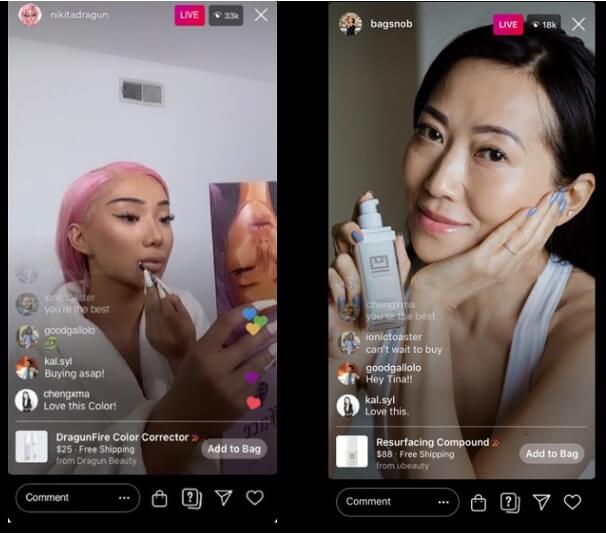
E-commerce brands can partner with live shopping influencers to not only translate their brand message to the viewers on these platforms, but also demonstrate the function of their products, all while leading the viewers directly to the point of purchase. In turn, the growth of brand awareness is positive as being part of a conversation on an up-and-coming platform, with a new audience, can portray the brand as being at the face of innovation and trendiness.
All-in-All influencer Marketing through social media allows for high level of engagement with the followers. Brands can stay relevant in online conversation, making followers feel like they belong to a brand community, creating higher intentions to purchase. The main theme of the 2022 influencer marketing trends lies in creating ‘authentic content’, whether that be through videos, personable Instagram feeds or live shopping platforms. Choosing the appropriate influencers for your brand’s social media campaign, to provide values of diversity and connectedness is also something marketers need to keep in mind.
Using these top trends will certainly enhance your social media marketing campaign and ensure that your brand awareness is always growing, along with the size of your target market, as you stay at the forefront of the consumer’s minds.

Muskan Sharma
Muskan Sharma is a final year student at the University of Melbourne working as a Marketing Associate at GSK. Through various social media and digital marketing internships, the dynamic landscape of the influencer marketing industry and brand collaborations has always intrigued Muskan, and she aims to pursue this a career in the field after graduation.

